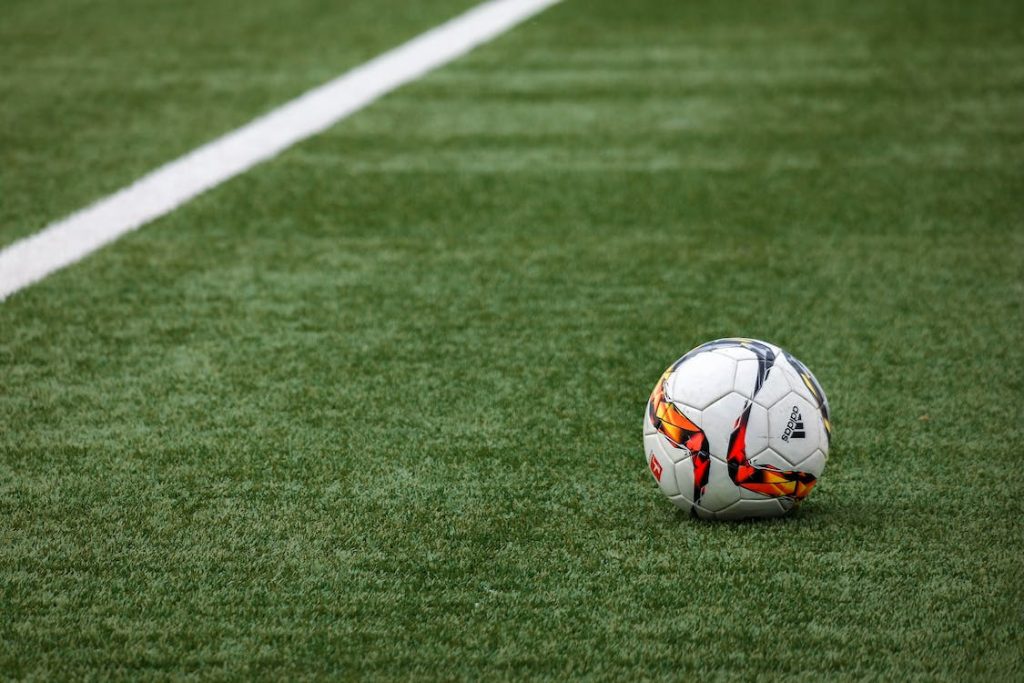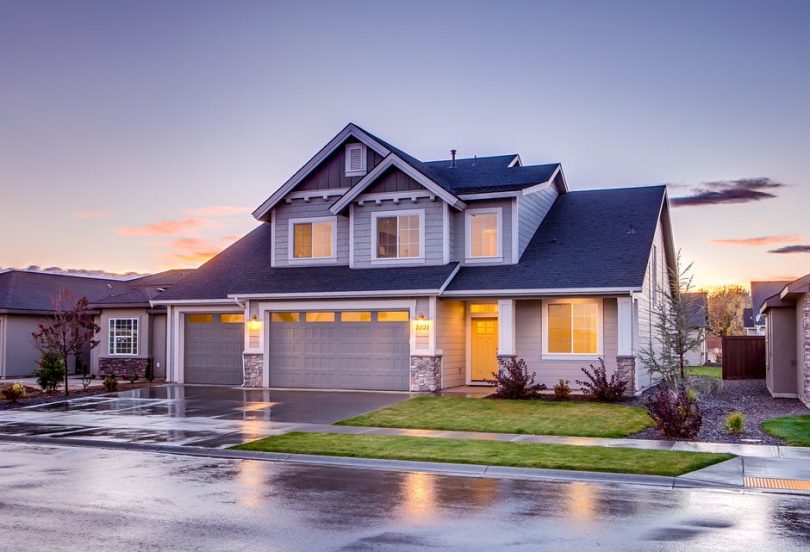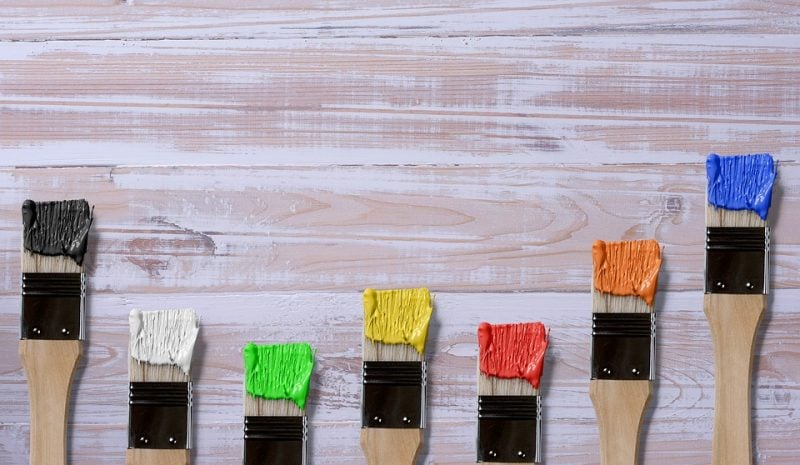What are the Features of Artificial Turf?
Synthetic grass, also known as artificial grass, is a non-biodegradable material that looks the same as natural grass. It can be used for both residential and commercial purposes.
The most common color of artificial turf is green. This type of fake lawn will match any environment because it has no odor or color changes. However, if you are trying to install artificial grass for the first time, it can get overwhelming. Hence, the following guide is here to help you:
Artificial turf is made from synthetic material.
The main difference between natural turf and artificial grass is that it’s not grown on a living thing, like a lawn. Artificial grass is made from clippings of long-lasting plastic. Moreover, it can be installed almost anywhere (as long as there’s enough room for installation), requires less maintenance, and lasts longer than natural grass because there aren’t any weeds growing beneath its surface.
Artificial Turf is very durable.
Turf can be very durable. It is made from synthetic fibers resistant to wear and tear. Turf has excellent water resistance due to its porous nature, so it doesn’t soak up water like grass. In addition, turf is resistant to chemicals like pesticides and fertilizers that may harm your lawn if they get onto the grass surface.
Turf also enjoys some resistance against pests, such as insects or moles that damage or eat away at your lawn’s roots (the part below ground).
Synthetic turf has several advantages over natural grass.
Synthetic turf has several advantages over natural grass. It’s more durable, easier to install and maintain, less expensive, and more environmentally friendly.
The first advantage is durability, as artificial turf is made of polyethylene plastic fibers bonded together in a grid pattern with a polyester backing. This makes it stronger than natural grass because it has no air pockets or roots for weeds or pests like bugs or mice to hide in (the latter being an issue with real grass). You can also count on synthetic turf to absorb more wear from foot traffic than natural grass would endure—and no one wants their shoes scuffed up!
The second advantage is the ease of installation: installing artificial grass requires only basic tools like screwdrivers; all you need is some spare time and patience, as well as some simple instructions on how best to install your new lawns at home!
Synthetic turf doesn’t require care, mowing, or watering.
Synthetic turf doesn’t require care, mowing, or watering. It’s also low maintenance, so you can forget about raking leaves and fertilizing your lawn! No need to mow or water the lawn, sweep it or vacuum it.
Synthetic grass is beautiful and environmentally friendly because it uses less water than a natural lawn. Moreover, you won’t have to worry about weeds growing in your yard either. Additionally, synthetic turf doesn’t require pesticides or herbicides, so there is no extra maintenance cost.
Conclusion
Synthetic turf is more durable, consistent, and cost-effective than natural grass and is better for the environment.
They have a more consistent feel and color than natural grass. This means you will know what you’re getting when trying to build an artificial lawn because the colors are so distinctive compared to natural grass!




